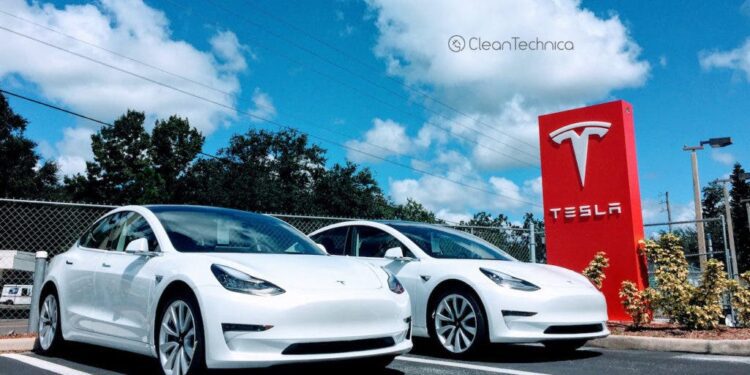Tesla is making waves in the electric vehicle (EV) market, and it’s no surprise that they have recently started selling their vehicles in Thailand and Singapore. With over 5,000 orders in just a few days in Thailand, it’s clear that there is a great demand for EVs in these markets. Malaysia is also seeing a growing fleet of Tesla vehicles, all of them grey imports, imported directly by EV enthusiasts and Tesla fans.
In an exciting development, Malaysia’s Ministry of International Trade and Industry (MITI) has approved Tesla’s application to import battery electric vehicles into the country. This will help create skilled and better paying jobs for Malaysians. Tesla plans to establish an office, Tesla experience and service centres, and a supercharger network.
The Malaysian government has also put in place 100% duty exemption for completely built electric cars up to December 31, 2024, and 100% duty exemption for completely knocked down kits for electric cars for local assembly up to December 31, 2025. This has had an instant impact, with the number of EVs in the country increasing from 500 to over 2,000 in just one year.
Tesla has plans to sell over 20 million EVs per year globally in the medium to long term. Opening up more markets, especially in emerging markets, along with the expected more affordable next-gen vehicle, will help the company get there. It’s great to see Tesla expanding into new markets and helping to catalyse the adoption of EVs. Exciting times ahead!
FAQ
Q1. How electric car chargers work?
A1. Electric car chargers work by connecting to an electrical outlet and providing power to the car’s battery. The charger then converts the electricity into a form that the car’s battery can use.
Q2. What electric car has the longest range?
A2. The Tesla Model S has the longest range of any electric car currently on the market, with a range of up to 370 miles on a single charge.
Q3. How electric car batteries are recycled?
A3. Electric car batteries are recycled by breaking them down into their component parts and then separating out the metals, plastics, and other materials for reuse. The metals are melted down and reused in new products, while the plastics and other materials are recycled into new products.







